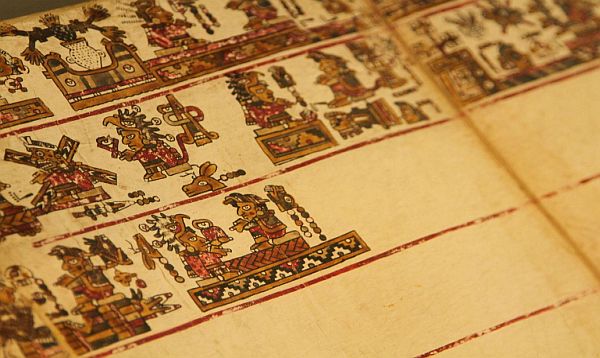London - A series of hidden images have been discovered beneath a 500-year-old Mexican manuscript, offering a fascinating glimpse at the country before its colonization by Spain.
The Codex Selden, from the pre-colonial Mixtec town of Anute, is one of just five surviving codices from the area, now Oaxaca state in the south of the country. It is one of very few illustrated manuscripts detailing ancient mythology which survived the Spanish conquest.
It was long suspected the Codex Selden, housed at Oxford University's Bodleian Libraries, was hiding another document beneath its superficial layer of plaster and chalk.
But using cutting-edge 'hyperspectral' imaging equipment, a technique originally used for geological research, experts have been able to view the older pictures for the first time.
While the Codex Selden was thought to have dated from 1560, nearly 50 years after the Spanish completed their conquest of Mexico, the hidden images could date from several decades earlier.
Researchers are still working on the reconstruction of the hidden pages, of which there are known to be at least seven and very possibly more.
The reason the pages were hidden remains unknown, but it is thought they could have been an expression of anti-colonial sentiment against the brutal Spanish occupation.
Many of these texts were destroyed by colonizers, which is why so few exist.
The research, which has been carried out by experts at Oxford, Leiden and Delft Universities, is being published in the Journal of Archeological Science.
Sources: independent.co.uk • telegraph.co.uk


